Abstracting Data Updates over a Document-oriented interface of a Permissioned Decentralized Environment
Jitse De Smet
Abstracting Data Updates over a Document-oriented interface of a Permissioned Decentralized Environment
- Motivation
- Research Question and Hypothesis
- Proposed Solution
- Results
- Conclusion
Motivation
Data is the New Gold(?)
Motivation
Decentralization initiatives
- Solid
- Bluesky
- Mastodon
- Blockchain based initiatives
Solid
- Use Existing Web Technologies
- Self Governed Data Store
-
Heterogeneity
- of Interface
- of Data
- of Structure
Handling Heterogeneity


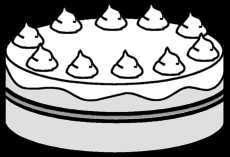

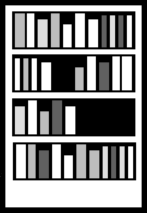
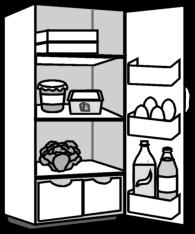
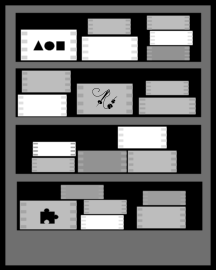

Research Question and Hypothesis
"How can we abstract data updates over a document oriented interface of a permissioned decentralized environment behind a query abstraction layer ?"
Solution
- Heterogeneity of Data → Describe Data
- Heterogeneity of Structure → Describe structure
Can use a shape description language like ShEx or SHACL.
Example: SHACL Shape Description of a social media post.
Example: SHACL Shape Description of a social media post.
:postShape a sh:NodeShape ;
sh:property [
sh:path rdf:type ;
sh:hasValue ldbc:Post ;
] ;
sh:property [
sh:path ldbc:creationDate ;
sh:datatype xsd:dateTime ;
sh:minCount 1 ;
sh:maxCount 1 ;
] ;
sh:property [
sh:path ldbc:id ;
sh:datatype xsd:long ;
sh:minCount 1 ;
sh:maxCount 1 ;
] .
Example: LDP Structure
posts/
|- Valencia
| |- #one
| |- #two
|- Ghent/
| |- #one
| |- #two
|- Paris/
| |- #one
| |- #two
| |- #three
posts/
|- 30-01-2024/
| |- #one
| |- #two
|- 14-02-2024/
| |- #one
| |- #two
|- 17-05-2023/
| |- #one
| |- #two
| |- #three
| |- #four
Can use indexes like Type Indexes or Shape Trees.
Example: Shape Trees describing al list of files
Example: Shape Trees describing al list of files
<#PicturesTree>
a st:ShapeTree ;
st:expectsType st:Container ;
st:shape ex:PicturesShape ;
st:contains <#PicturesByCityTree> .
<#PicturesByCityTree>
a st:ShapeTree ;
st:expectsType st:Container ;
st:shape ex:PicturesByCityShape ;
st:contains <#PictureTree> .
<#PictureTree>
a st:ShapeTree ;
st:expectsType st:Resource ;
st:shape ex:PictureShape .
Is this enough?
To check that, I listed some functional requirements and user stories.
The answer: NO.
To check that, I listed some functional requirements and user stories.
The answer: NO.
What are we missing?
- What if multiple directories match?
- What if no directories match?
- How are resources grouped?
- Am I creating a leaf directory?
- Can I update? Does it stay where it is?
- Do all clients follow the same rules?
Introducing:
Storage Guidance Vocabulary (SGV)
Storage Guidance Vocabulary
- Resource Collection
- Unstructured Collection
- Structured Collection
- Canonical Collection
- Derived Collection
- Resource Description
- Group Strategy
- Store Condition
- Update Condition
- Client Control
Storage Guidance Vocabulary
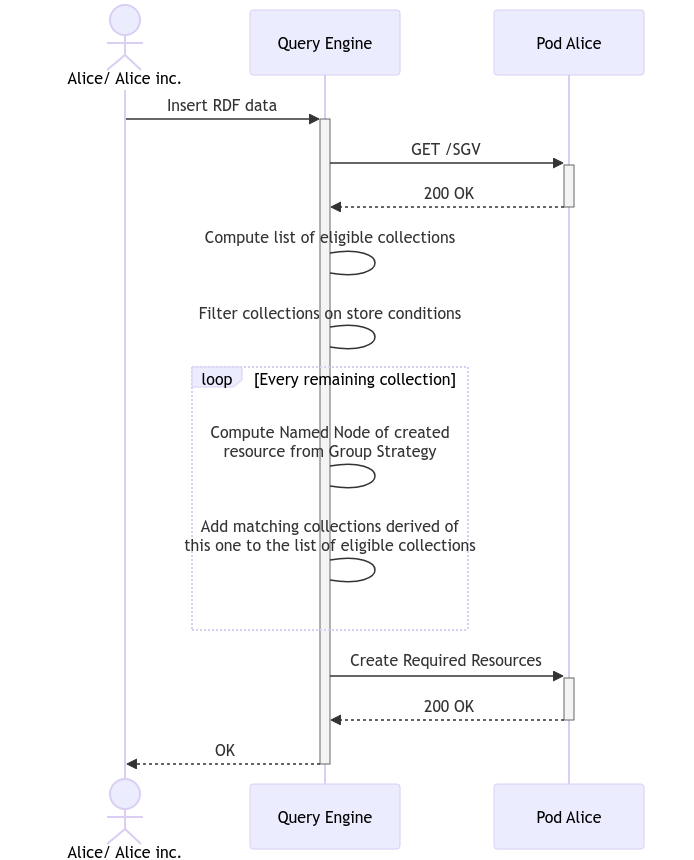
Storage Guidance Vocabulary
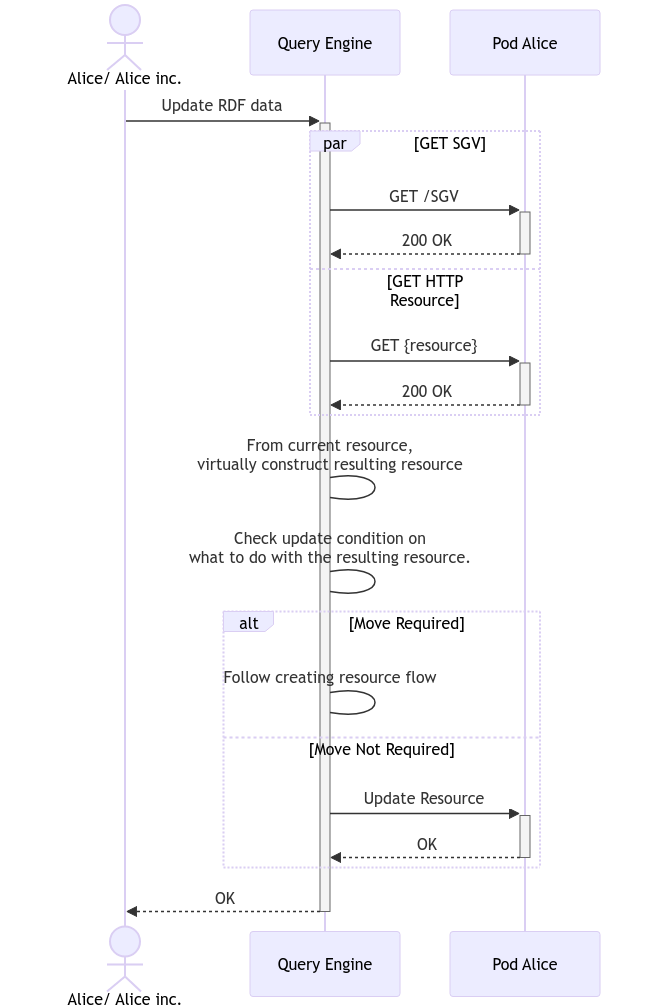
Taste the pudding
Empirical Evaluation
Create Resource| frag. Strat. | ops/sec | Average Time (ms) | Margin |
|---|---|---|---|
| by date: SGV | 22 | 44582.068 | ±1.73% |
| by date: RAW | 35 | 27899.513 | ±2.07% |
| one file: SGV | 6 | 149415.739 | ±2.98% |
| one file: RAW | 7 | 134361.192 | ±8.66% |
| own file: SGV | 10 | 91851.395 | ±2.56% |
| own file: RAW | 13 | 76672.217 | ±3.07% |
| by location: SGV | 23 | 43005.366 | ±2.20% |
| by location: RAW | 35 | 28003.949 | ±2.53% |
Empirical Evaluation
Move Resource| frag. Strat. | ops/sec | Average Time (ms) | Margin |
|---|---|---|---|
| by date: SGV | 7 | 141940.530 | ±1.28% |
| by date: RAW | 11 | 87113.119 | ±0.75% |
| one file: SGV | 2 | 343690.220 | ±1.70% |
| one file: RAW | 4 | 208930.211 | ±2.04% |
| own file: SGV | 5 | 177991.908 | ±0.58% |
| own file: RAW | 12 | 80729.940 | ±1.06% |
| by location: SGV | 7 | 133052.120 | ±0.60% |
| by location: RAW | 12 | 81066.196 | ±1.15% |
Conclusion
- Automated Client with limited overhead is possible
- Lack of server-side control
- Inter-pod Updates
- Investigate Other Interfaces
- Structure has a high influence on execution time
- Smart Access Control
- CAP / ACID / BASE



